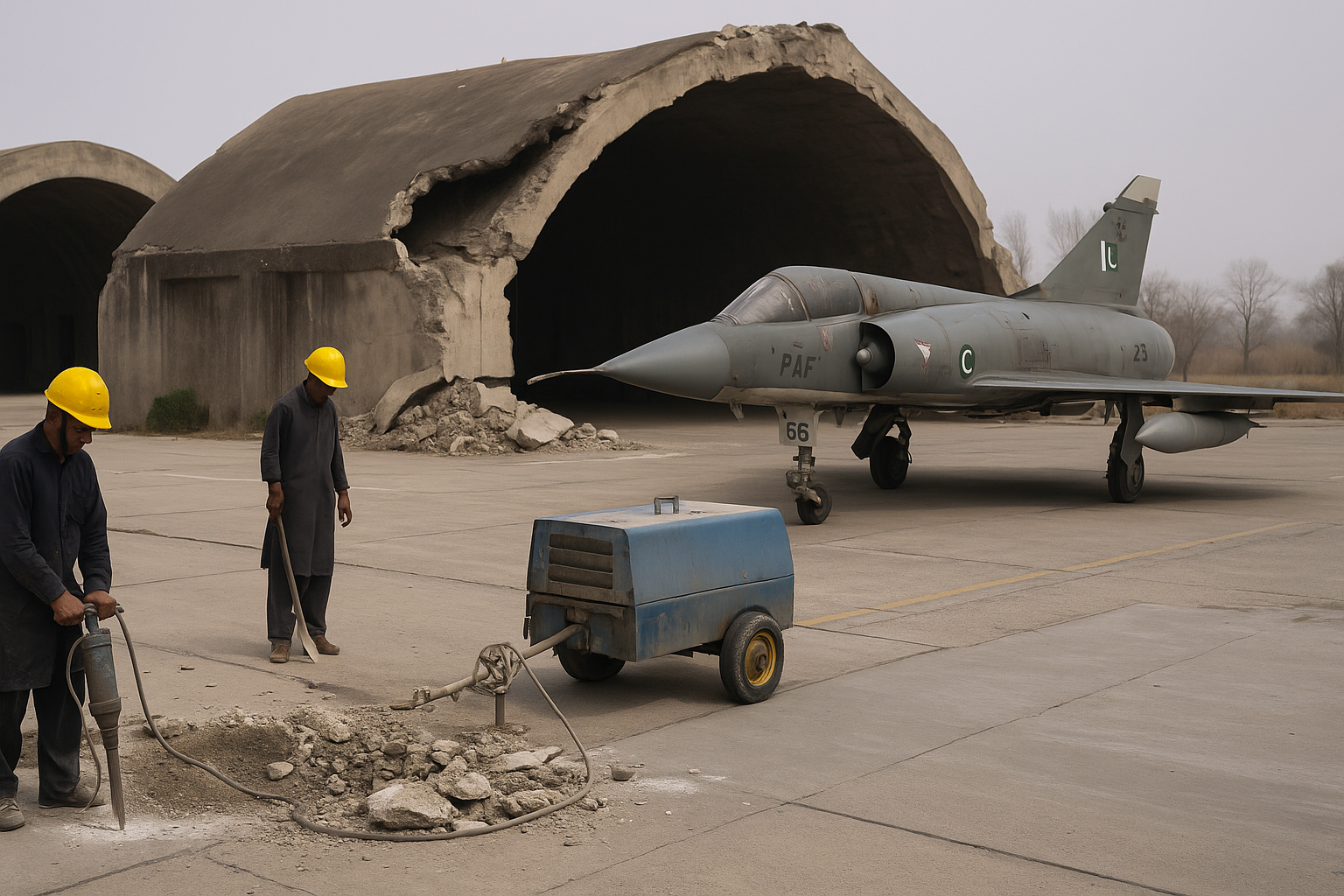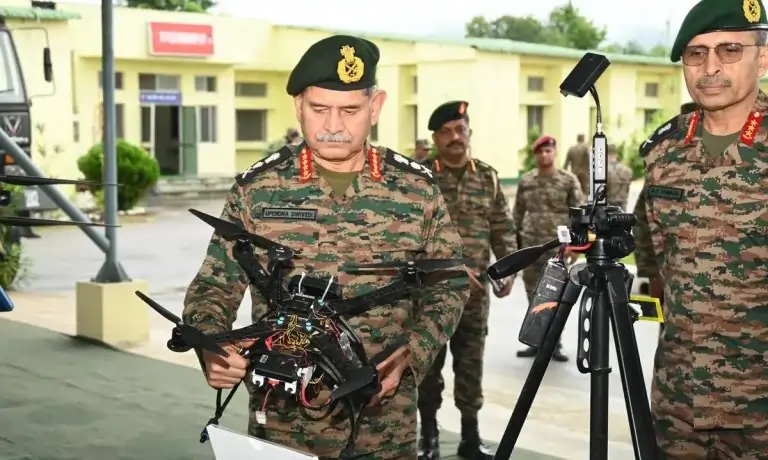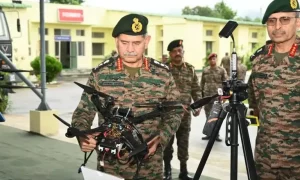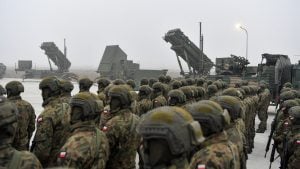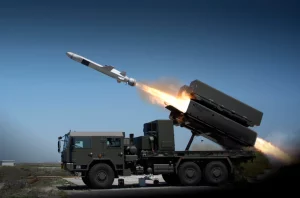In an unprecedented response to significant recent damage to its military infrastructure, the Pakistan Air Force (PAF) has published multiple urgent tenders for repair work at several key airbases that were targeted during India’s Operation Sindoor. Installations such as PAF Airman Academy Korangi, PAF Base Murid in Chakwal, and PAF Base Masroor are among those noted for substantial destruction, as evidenced by the public tenders.
Operation Sindoor was initiated by India in early May 2025 in retaliation for a deadly terror attack in Pahalgam, Jammu and Kashmir, which occurred on April 22 and resulted in the deaths of 26 individuals, including tourists and civilians. The Indian Air Force (IAF) executed a series of strikes aimed at crucial Pakistani military sites, strategically targeting Pakistan’s offensive air capabilities.
The PAF’s recent tenders highlight the extensive repair work needed for various military infrastructure components, including runways, hangars, and command centers. The deadlines for these repairs extend into late June, with PAF Base Masroor accepting bids until June 25 and PAF Base Murid’s deadline set for June 23. Preliminary estimates for repairs suggest a cost of around 100 million PKR at Bahawalpur Air Base alone, though the overall expenses across affected bases are expected to far exceed this figure.
International sources have independently confirmed the severity of the damage. Notable outlets such as The Washington Post and Maxar Technologies have released high-resolution satellite imagery depicting cratered runways at Mushaf Air Base in Sargodha and structural damage at Sheikh Zayed International Airport. Additionally, reports indicate casualties among PAF personnel, including at least five airmen killed at Bholari and one at Mushaf, with geospatial analysts confirming that the Indian strikes targeted critical assets.
Previously, Pakistani officials had downplayed the extent of the damage, responding to Indian claims with skepticism. The public release of tenders, however, breaks with the traditional discretion surrounding military matters and suggests a possible shift in the Pakistani government’s posture. Analysts speculate that this may be an attempt to expedite repairs amid constrained resources or a reluctant acknowledgment of the effectiveness of the Indian operations.
On the Indian side, officials claim Operation Sindoor represents both a tactical and strategic victory. Satellite imagery and investigations by The New York Times support India’s narrative of substantial damage inflicted on Pakistani military capabilities. Indian Foreign Secretary Vikram Misri has further accused Pakistan of indiscriminately targeting civilians in Jammu and Kashmir and Punjab during the ongoing hostilities, exacerbating already tense diplomatic relations between the two nations.
The repercussions of these military actions continue to impact the region significantly, with an increase in ceasefire violations and drone incursions reported along the Line of Control and International Border. As both countries reinforce their military positions, the long-term implications for security in South Asia remain uncertain.
The issuance of tended repair work, alongside independent assessments of damage, marks a clear indication of Pakistan grappling with the operational and symbolic impacts of India’s recent air campaign—a development not seen in years.
